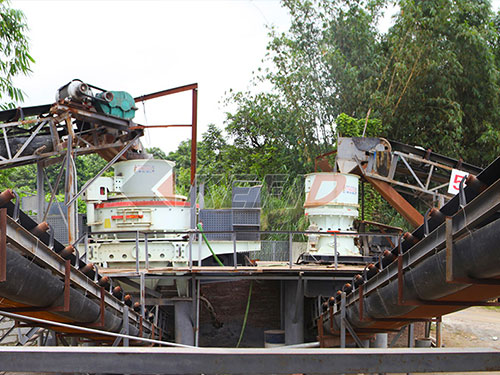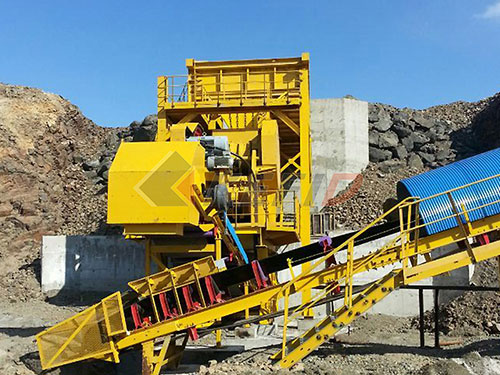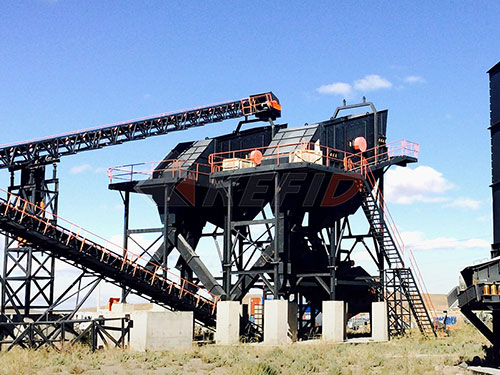The Unstoppable Force: Hydraulic Power in Modern Crushing Machinery
The relentless demand for raw materials – aggregates for construction, ores for metal extraction, minerals for industrial processes – drives an ever-evolving industry dedicated to breaking down the earth’s toughest substances. At the heart of this process lies crushing technology, and increasingly, hydraulic machine crushers have become the dominant force, revolutionizing efficiency, safety, and versatility. These machines leverage the fundamental principles of hydraulics to deliver unparalleled power and control, making them indispensable in modern mining, quarrying, recycling, and demolition operations.

The Core Principle: Harnessing Fluid Power
Hydraulics operates on Pascal’s Law: pressure applied to a confined fluid is transmitted undiminished in every direction. In a hydraulic crusher:
1. Prime Mover: An electric motor or diesel engine drives a hydraulic pump.
2. Fluid Transmission: The pump pressurizes hydraulic oil (fluid), converting mechanical energy into fluid power.
3. Actuation: High-pressure oil is directed through valves and hoses to hydraulic cylinders or motors.
4. Force Multiplication: The pressurized fluid acts on pistons within cylinders. The force generated is the product of the fluid pressure and the piston’s surface area (F = P x A). This allows relatively small pumps to generate enormous forces by using larger pistons.

5. Motion Control: Sophisticated valves precisely regulate the flow rate and direction of the hydraulic fluid, enabling smooth control over the speed and movement of the crushing components (jaws, mantle, impactors).
This closed-loop system provides immense flexibility and power density far exceeding purely mechanical or electrical drives for heavy-duty crushing applications.
Dominant Types of Hydraulic Crushers
Hydraulic technology permeates various crusher designs:
1. Hydraulic Jaw Crushers:
Function: Utilize two vertical jaws – one fixed, one moving – to compress material against a rigid surface.
Hydraulic Integration:
Toggle Tension/Release: Hydraulic cylinders replace traditional mechanical toggle systems for adjusting the crusher’s discharge setting (CSS). This allows quick and easy adjustments even under load or when the chamber is blocked.
Overload Protection: Integrated hydraulic cylinders act as safety devices. If uncrushable material (tramp metal) enters the chamber, pressure builds rapidly in these cylinders. Relief valves open automatically, allowing the moving jaw to retract (open

Leave a Reply